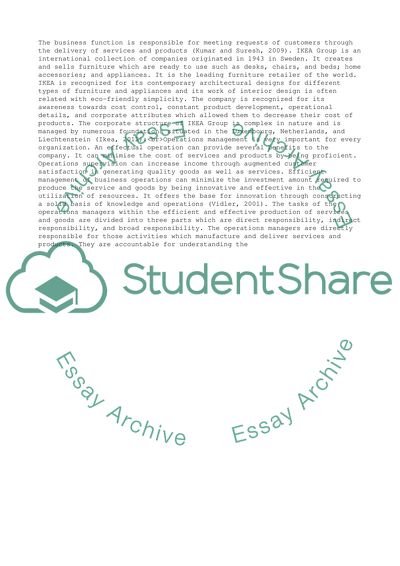Cite this document
(IKEA UK Assignment Example | Topics and Well Written Essays - 3000 words, n.d.)
IKEA UK Assignment Example | Topics and Well Written Essays - 3000 words. https://studentshare.org/management/1856312-ikea-uk
IKEA UK Assignment Example | Topics and Well Written Essays - 3000 words. https://studentshare.org/management/1856312-ikea-uk
(IKEA UK Assignment Example | Topics and Well Written Essays - 3000 Words)
IKEA UK Assignment Example | Topics and Well Written Essays - 3000 Words. https://studentshare.org/management/1856312-ikea-uk.
IKEA UK Assignment Example | Topics and Well Written Essays - 3000 Words. https://studentshare.org/management/1856312-ikea-uk.
“IKEA UK Assignment Example | Topics and Well Written Essays - 3000 Words”. https://studentshare.org/management/1856312-ikea-uk.


